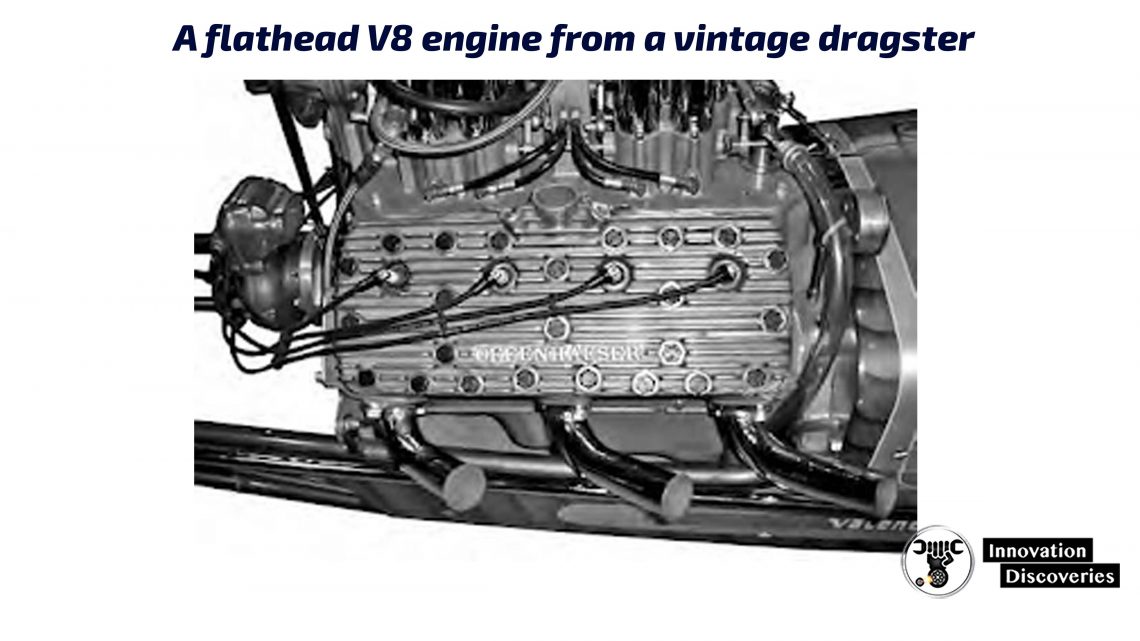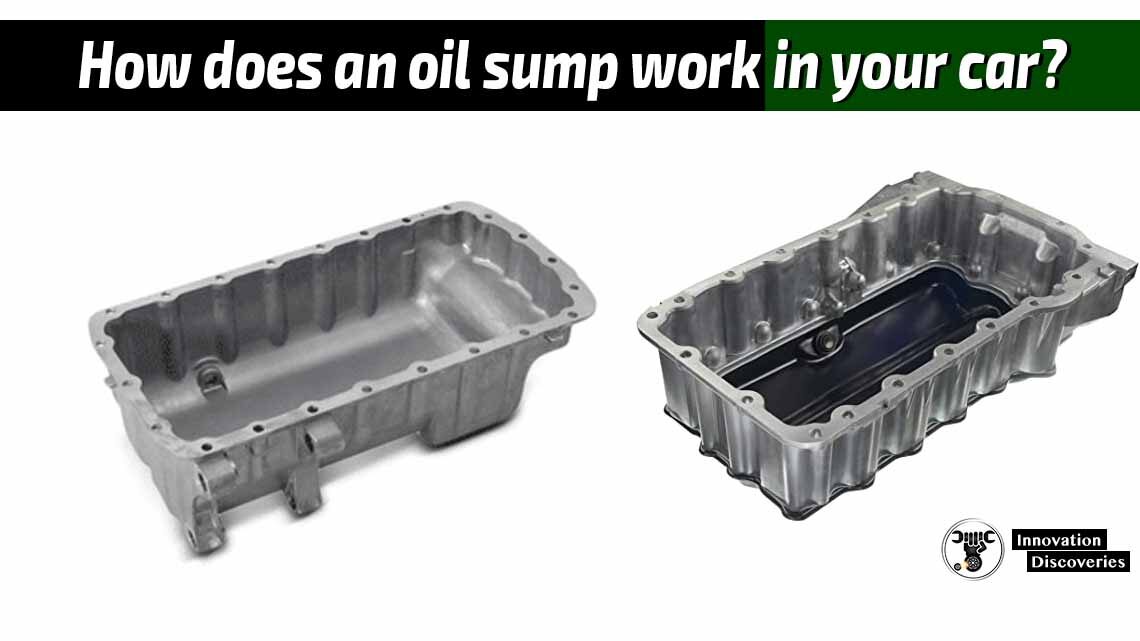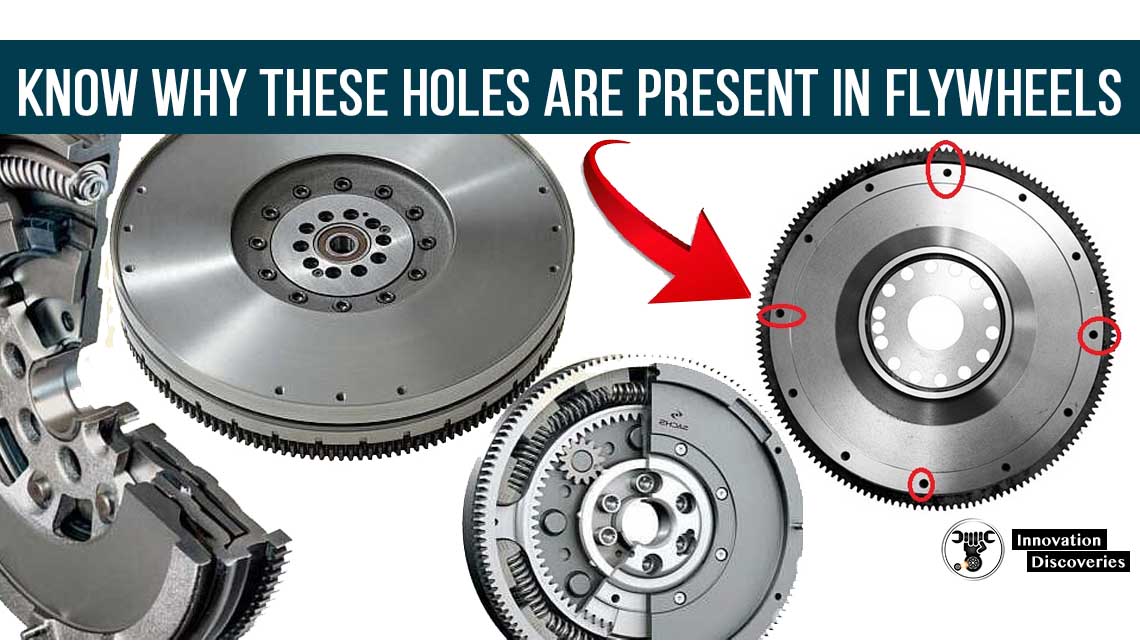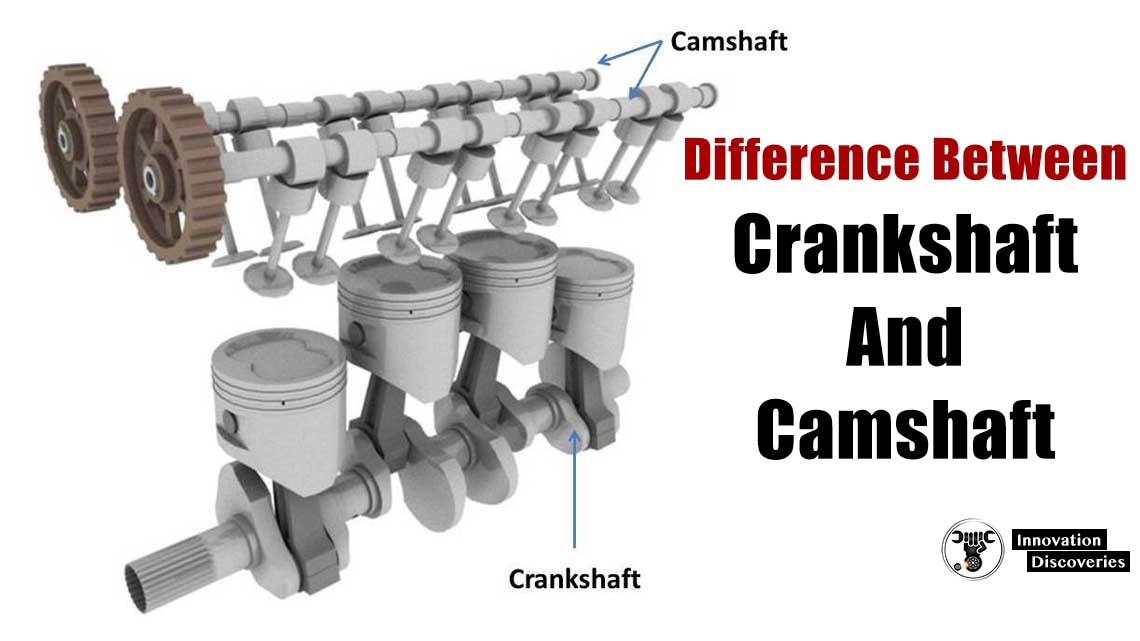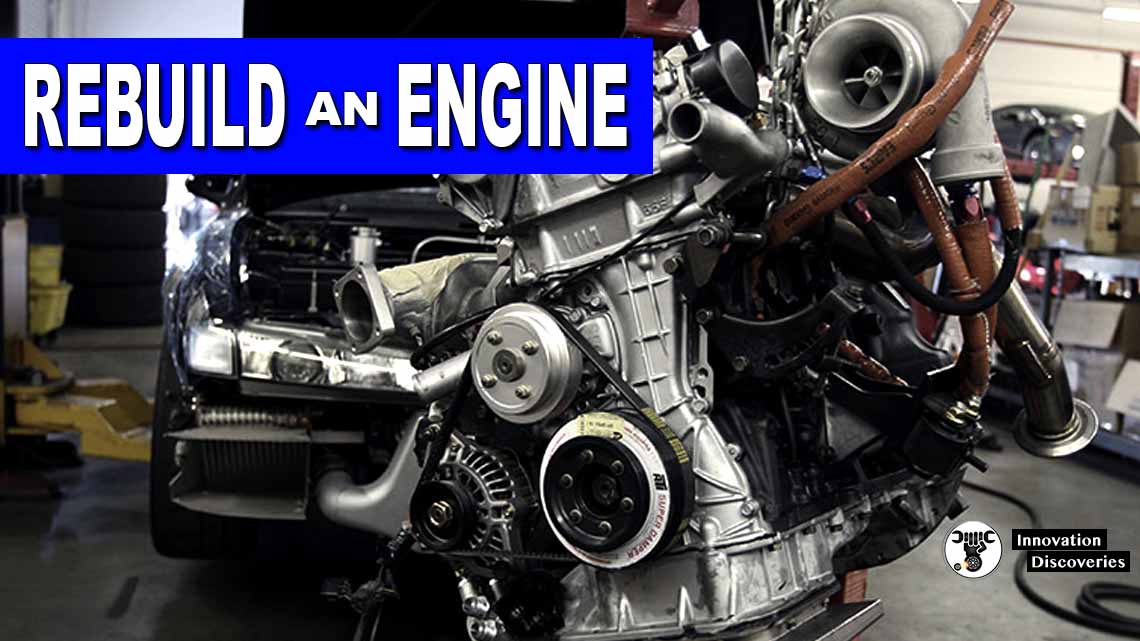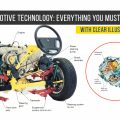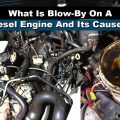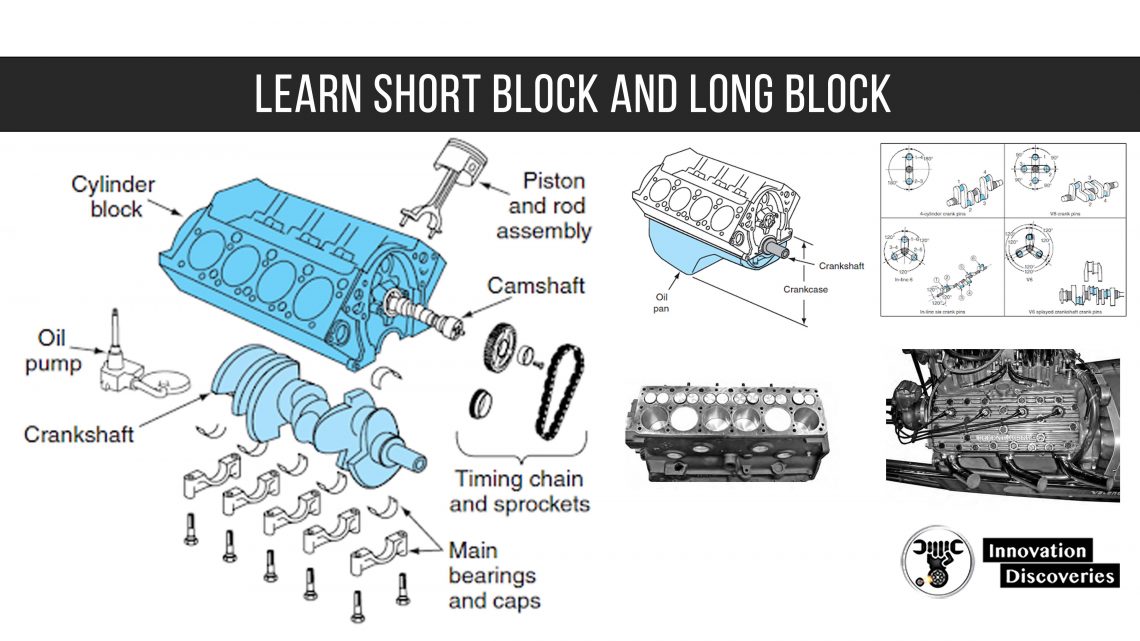
Short Block and Long Block The cylinder block assembly (without the heads installed) is called a short block.
The short block includes the crankshaft, piston and rod assembly, and ball bearings.
On pushrod engines, the camshaft, timing sprockets, and timing chain are also part of the short block.
The lower area of the cylinder block surrounded by the oil pan is called the crankcase because the crankshaft is located there.
The main bearing boreholes are precisely align-bored in the lower end of the block to provide a mounting place for the main bearings and crankshaft.
The main bearing caps are removable, but they must be replaced in the same location.
At the factory, the camshaft boreholes, cylinder bores, cylinder head mounting surface, all threaded holes, and all gasket surfaces are machined automatically and in perfect alignment with each other.
During rebuilding, the technician or machinist’s job is to maintain the original alignment.
The following lists typical components common to both short and long blocks:
Oil Pan
The oil pan is a stamped sheet metal or cast aluminium part that encloses the crankcase.
It provides a reservoir where the engine oil is cooled as air passes across its surface.
Oil pans are sometimes damaged when driving or during engine removal and replacement.
Sometimes a sheet metal oil pan can be bent enough so that the crankshaft comes in contact with it.
After a rebuild, the resulting noise can cause a great deal of worry when the engine is first started.
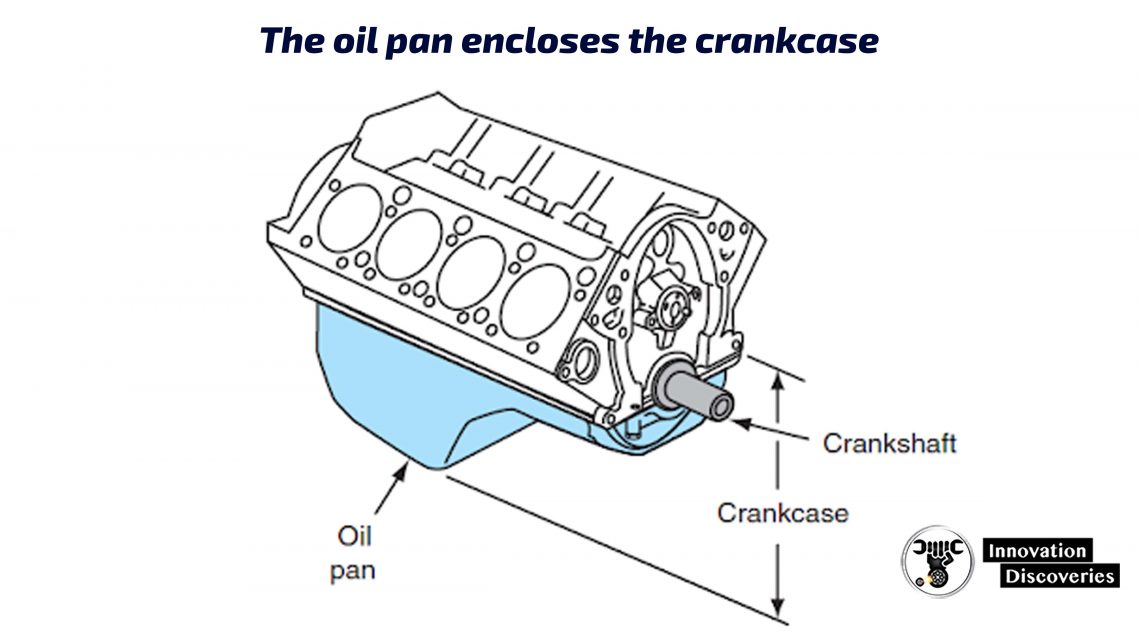
READ:
Flywheel
Mounted on the rear of the crankshaft is a flywheel or flexplate. The weight of the flywheel helps carry the crankshaft beyond BDC after the power stroke and smoothes out the power impulses of multiple cylinders.
A flywheel is used with a standard transmission.
It also provides a surface for the clutch to work upon. When the vehicle is equipped with an automatic transmission, a torque converter and flexplate are used (see Chapter 4).
A ring gear on the circumference of the flywheel or flexplate provides a gear drive for the starter motor. Ring gears on flywheels and flexplates are sometimes damaged by faulty starter motors.
Replacement of a flywheel ring gear or a flexplate is a relatively easy job while the engine is out of the vehicle.
READ:
Vibration Damper
The vibration damper, also called a harmonic balancer, is mounted on the front of the crankshaft on V-type and in-line six-cylinder engines.
The power impulses on the pistons cause the crankshaft to twist and untwist in much the same manner as a tuning fork vibrates.
The damper dampens out these torsional vibrations, which could result in a broken crankshaft if allowed to continue. Most four-cylinder engines do not require a damper and use only a pulley.
Crankshaft
The crankshaft is made of either cast iron or forged steel. Its bearing surfaces for the main and rod bearings are called journals.
The main bearing journals are those that run down the centerline of the crankshaft, in line between the front and rear journals.
Oil galleries provide lubrication to the main bearing journals through oil holes in the main bearings.
Holes are drilled in the crankshaft, from the main bearing journals to the connecting rod bearing journals, to provide the rod bearings with pressurized lubrication.
READ:
Rod journals, also called crankpins, are offset 90° on V8s, 180° on four cylinders, and 120° on six cylinders.
Some V6s have offset crankpins exhaust emissions are produced because of the smaller amount of surface area in the combustion chamber.
When cool engine surfaces are exposed to unburned fuel, a skin effect occurs and the unburned fuel ends up in the exhaust stream.
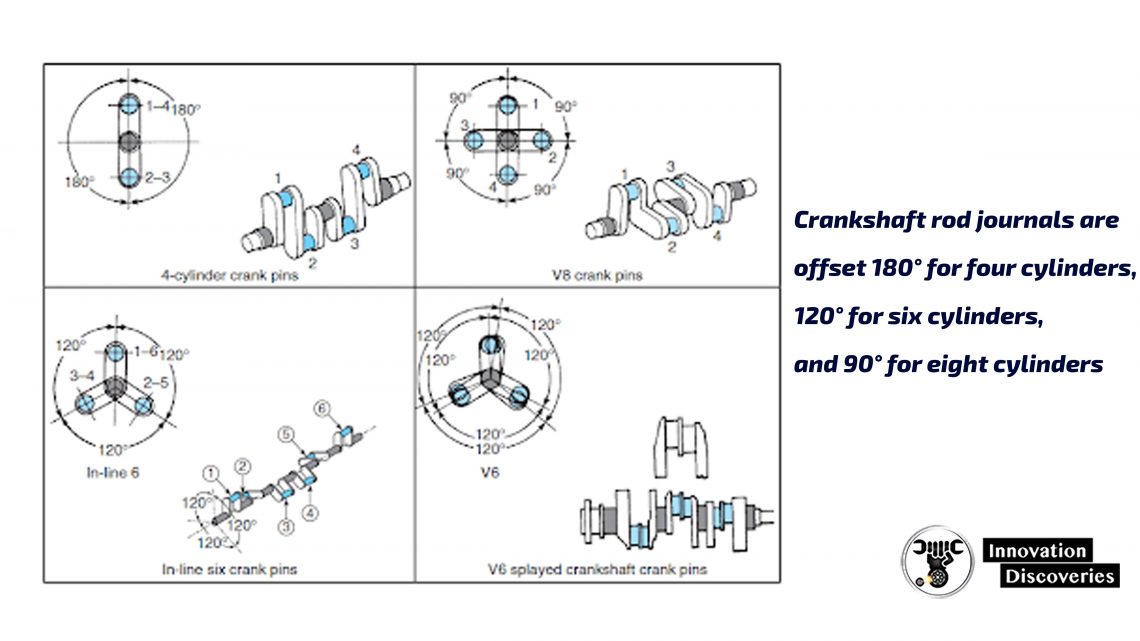
Increasing the valve opening, called valve lift, to a certain point is necessary to allow enough air-fuel mixture into the cylinder to develop maximum power.
Increased valve lift is possible with the I-head engine design. This is because as the intake valve opens, the piston is moving down in the cylinder, providing clearance.
When the exhaust valve is wide open, the piston is near the bottom of the cylinder, providing plenty of piston to- valve clearance as well.
If the more air-fuel mixture is packed into the cylinder, more power will be developed.
This is called volumetric efficiency, which is the reason that supercharging is so effective in producing extra power from relatively small engines.
In supercharged engines, an air pump compresses more air-fuel mixture into the cylinder.
VINTAGE ENGINES
Until the early 1950s, many automobiles had L-head engines whose valve configuration resembles the letter L upside down.
These engines, also called flatheads or side valves, are still used in lawnmowers, generators, and other industrial engines.
L-head engines are less expensive to manufacture, but they produce more smog due to the high amount of surface area exposed to unburned fuel.

Flatheads are also limited in their compression ratio and valve lift.
Increased valve lift requires more clearance in the combustion chamber, which would lower compression. shows an L-head Studebaker engine with the cylinder head removed.
Notice how the valves are located in the block.
Flatheads were very popular with early hot rodders and racers A popular hot-rodding trick was to remove the cylinder head (a relatively easy thing to do) and mill it to increase the compression ratio.
